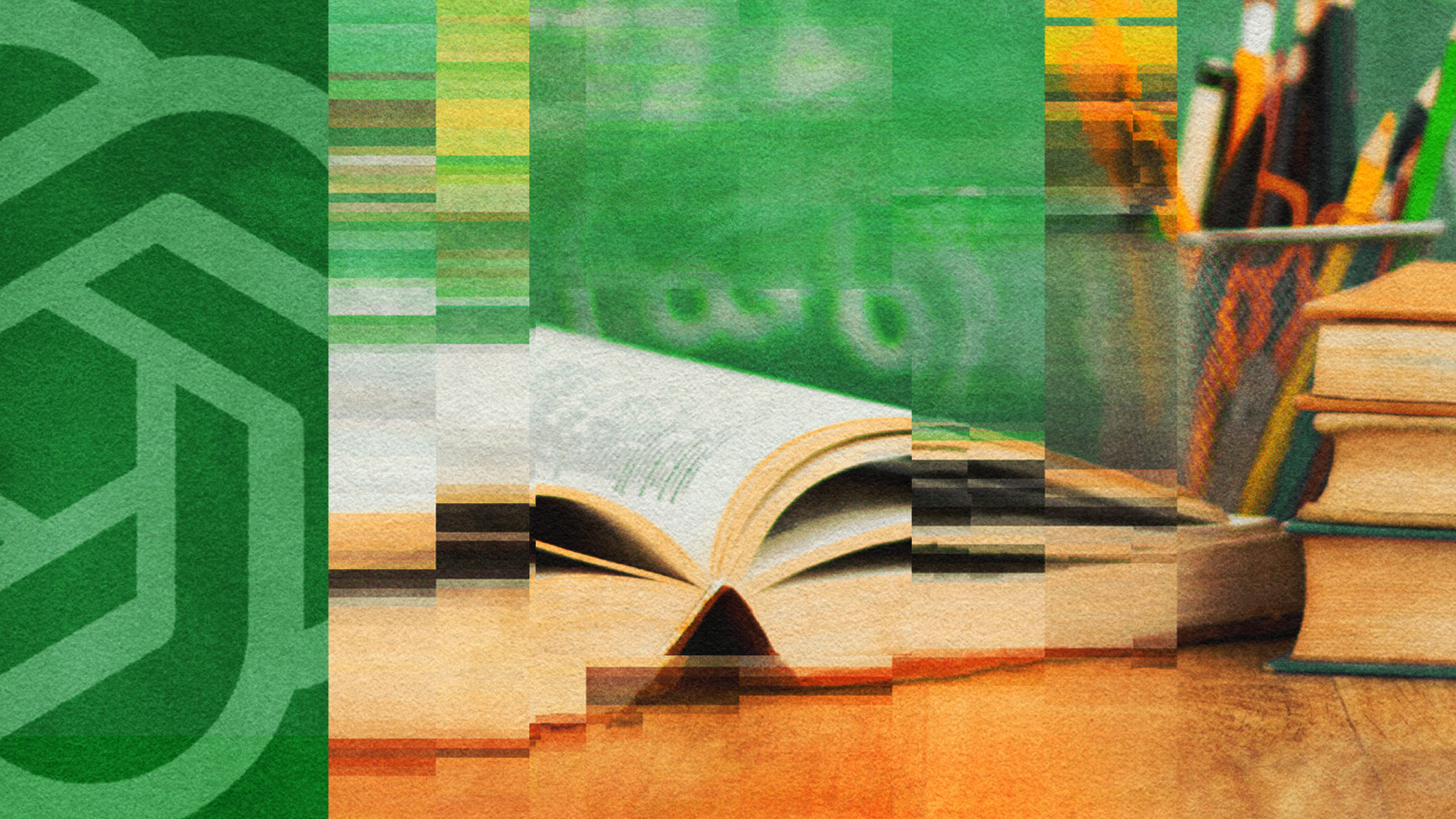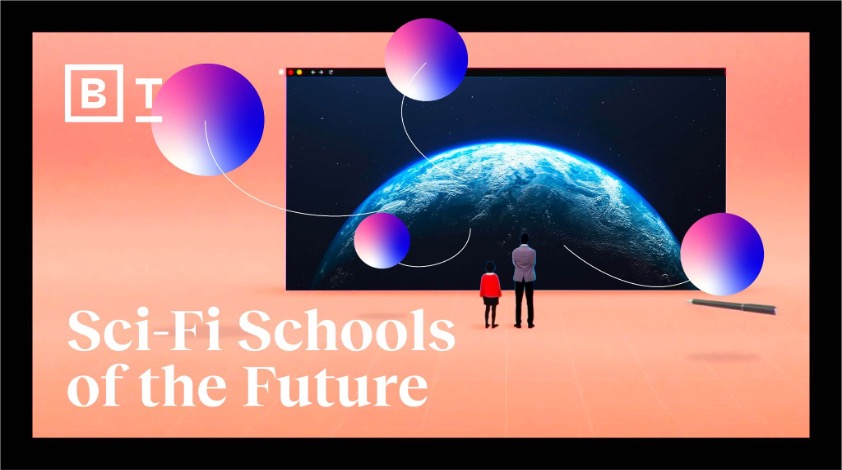In India, The Substitute Teacher May Be A Web Site

Article written by guest writer Kecia Lynn
What’s the Latest Development?
Students in several Indian schools are supplementing their instruction with videos from Khan Academy, the free online education Web site. In addition, some of the site’s 3400 videos have been dubbed into at least three Indian languages, and there have been some preliminary talks with the Indian government on helping schools synchronize their own syllabi with the online lessons. Currently Indians are the third-largest group of site users, behind Canadians and Americans.
What’s the Big Idea?
In some cases, the site is helping to fill the gap made by shortages of both teachers and books. In one school that lost half its teachers over the past decade, the videos are now the primary source of math instruction. In another, wealthier school, students who have Internet access at home are assigned Khan Academy tutorials as homework. Challenges to further implementation of the videos include lack of computer purchasing funds and inadequate Internet connectivity in addition to language comprehension. However, Khan Academy’s Sundar Subbarayan believes the site can help the country’s education system: “Education is a right, and everybody has a right for good-quality education.”
Photo Credit: Shutterstock.com





